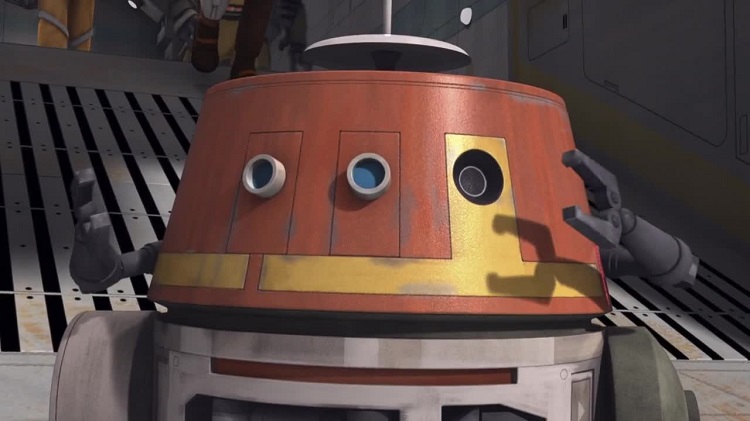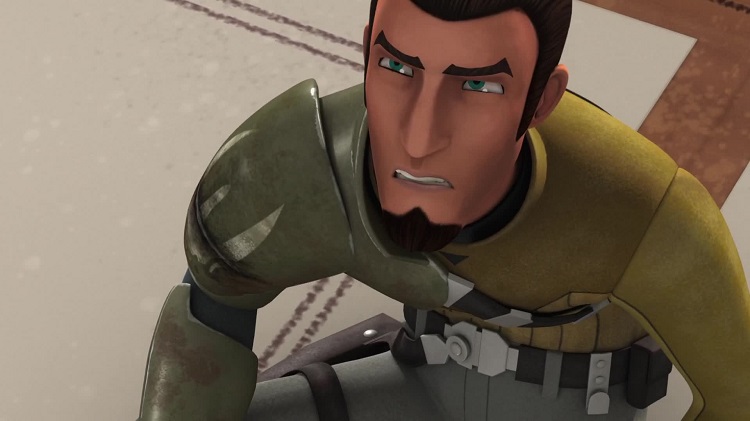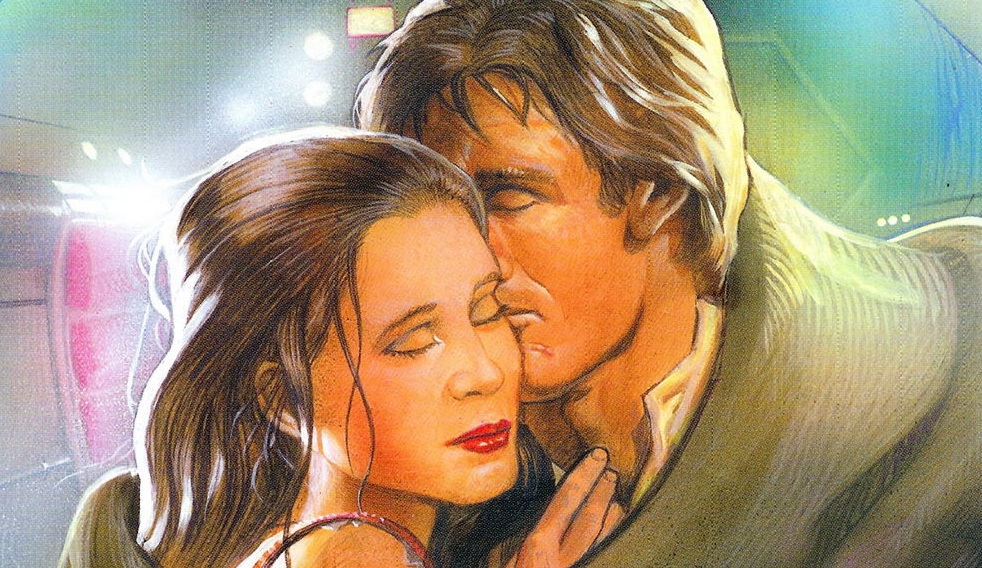
Last February, Claudia Gray, author of Lost Stars and the imminent (and hotly anticipated) Bloodline, dropped a bomb into the Star Wars shipping community when she declared her affection for Reylo—in other words, the notion of a romance between Rey and Kylo Ren. While Reylo is a divisive prospect for a number of reasons, in particular the characters’ potential family ties and the overtones of sexual assault in Kylo’s mental torture of Rey in The Force Awakens, the reactions of many of her fans on social media was, well, staggering to me.
While likely a small number in the grand scheme of things, numerous people were appalled, declaring they no longer planned to purchase Bloodline, and even attacking Gray’s character. She spent the next day or so tweeting at length on the subject, responding generally and to several specific individuals, and to my mind, made a lot of great points both on Reylo and on shipping in general.
To be clear, I can’t get my head around Reylo myself. Nor am I particularly into Kylux [1]Kylo and Hux or Stormpilot [2]Finn and Poe (though Poe is one hundred percent not straight). But I have latched onto certain Star Wars couples over the years, both actual (Tycho and Winter) and prospective (Jacen and Danni Quee), and one thing I do know from experience is that you can’t always explain what appeals to you and why. Like Grey said, it’s complex stuff full of emotional baggage from real life—that’s why people can feel so strongly about it. But you certainly can’t draw a straight line from somebody’s ship to their real character or values; what’s therapeutic for one person can be triggering for someone else. Two people with similar backgrounds can have completely opposite reactions to, well, any story beat or overtone, romantic or otherwise. What I love the most about Star Wars is how one thing can attract such a huge amount of fans for so many varied reasons, and a ship is a microcosm of that—saying “Reylo fans condone abuse” is like saying Han Solo fans condone drug running. Read More
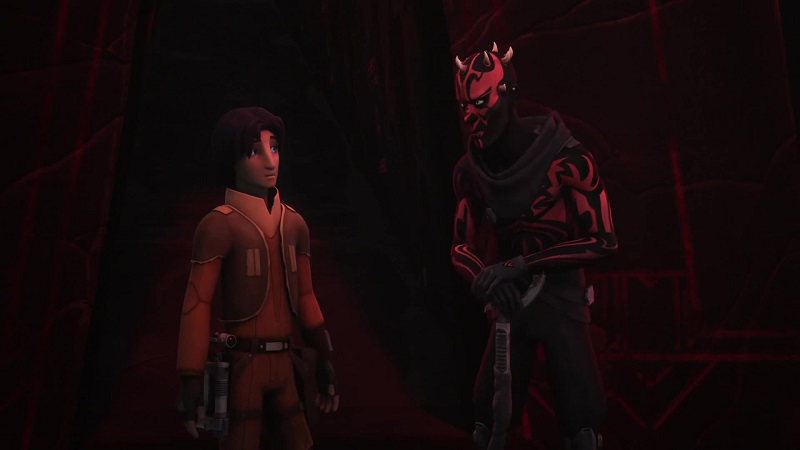
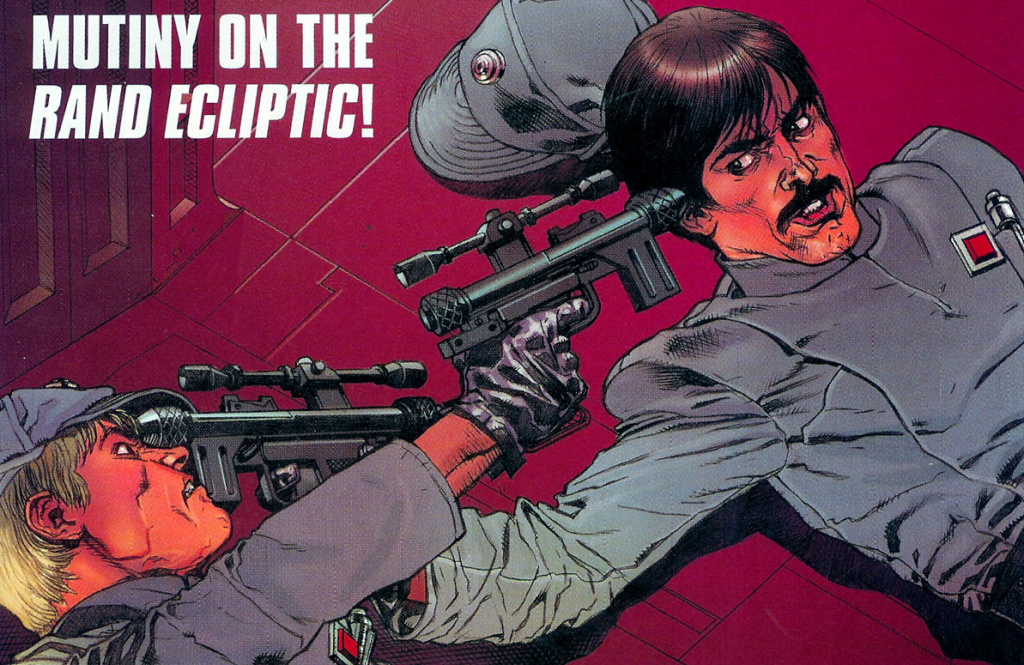 Moral relativity is hard to do in Star Wars, because it’s a tale of good versus evil. However, sophisticated storytelling expects that things are rarely black and white. Add in the influence of fans, and it’s not surprising that villains end up being quite popular in Star Wars. The Galactic Empire is probably one of the most popular villains in fiction, and so it’s easy to see why there’s an interest in presenting the Empire as a little more nuanced than purely evil. This always runs the risk of whitewashing Imperial atrocities, or presenting the “good Imperial” – the person who is certainly not a Rebel, but also not a bad person. We’re personally always suspect of the idea of the “good Imperial,” because while we very much enjoy reading about Imperials we also don’t want to sacrifice the theming of the Star Wars saga.
Moral relativity is hard to do in Star Wars, because it’s a tale of good versus evil. However, sophisticated storytelling expects that things are rarely black and white. Add in the influence of fans, and it’s not surprising that villains end up being quite popular in Star Wars. The Galactic Empire is probably one of the most popular villains in fiction, and so it’s easy to see why there’s an interest in presenting the Empire as a little more nuanced than purely evil. This always runs the risk of whitewashing Imperial atrocities, or presenting the “good Imperial” – the person who is certainly not a Rebel, but also not a bad person. We’re personally always suspect of the idea of the “good Imperial,” because while we very much enjoy reading about Imperials we also don’t want to sacrifice the theming of the Star Wars saga.